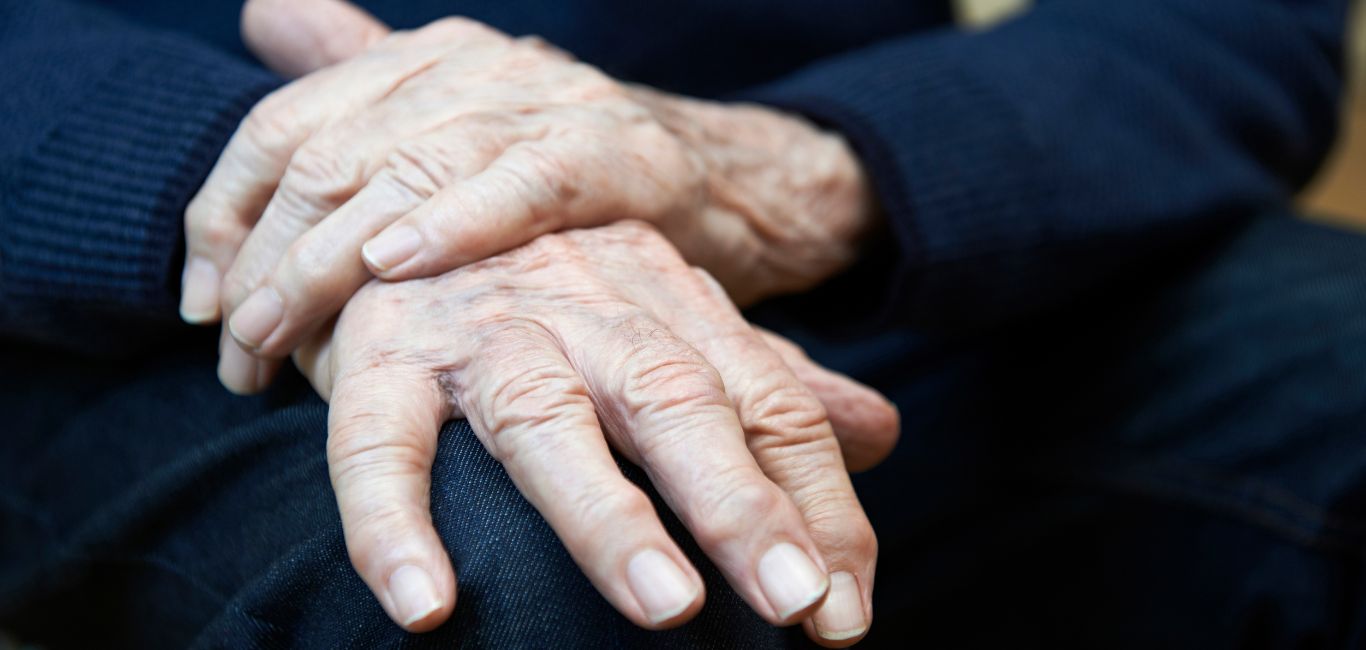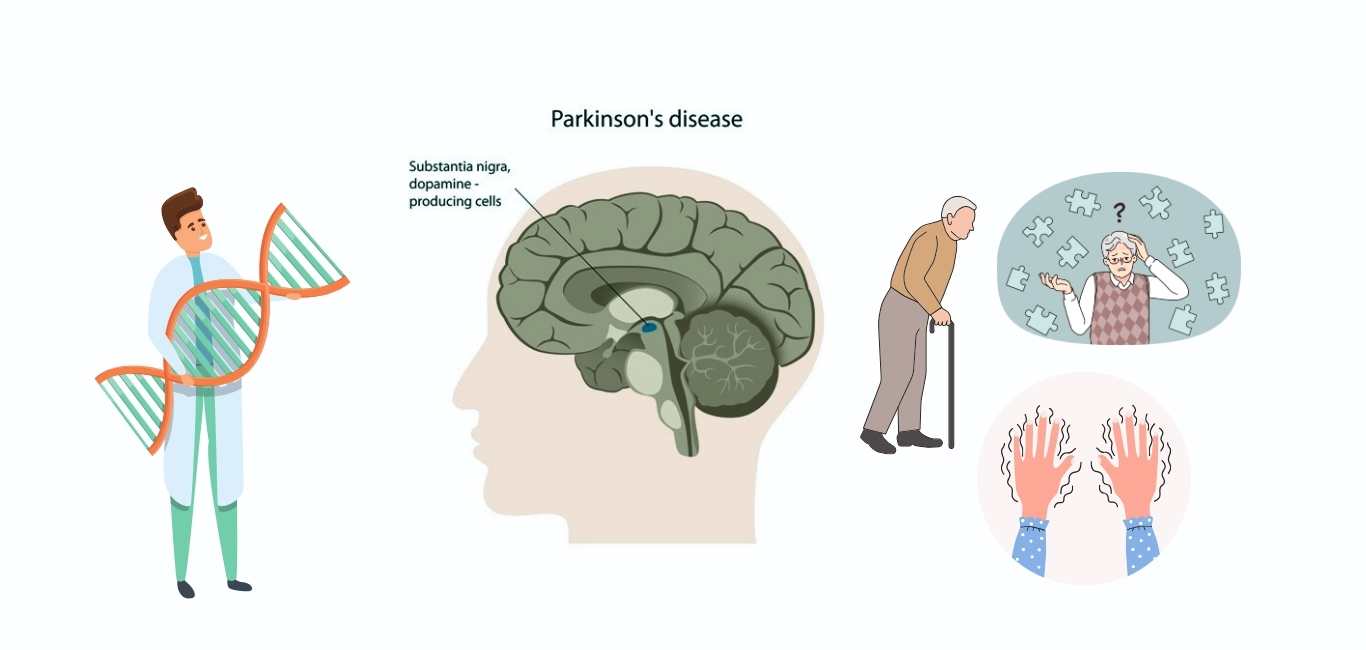
Researchers at the Massachusetts Institute of Technology (MIT) have developed an artificial intelligence system that can detect Parkinson’s Disease (PD) in an individual earlier than existing methods – just by analysing breathing patterns.
“A relationship between Parkinson’s and breathing was noted as early as 1817, in the work of Dr James Parkinson. This motivated us to consider the potential of detecting the disease from one’s breathing without looking at movements,” Dina Katabi, professor at MIT’s department of electrical engineering and computer science said in a statement.
The tool could help in better diagnosis and treatment of the neurological condition for which there is no known cure.
The team led by Katabi developed a neural network – algorithms that simulate how the human brain works – that can assess PD progression from how an individual breathes while sleeping.
The algorithms were trained to track the severity and progression of an individual’s Parkinson’s disease over periods of time. This could give clinicians much deeper insights into how a person is responding to treatment than is currently possible with periodic in-clinic visits, the researchers said.
The team also had to develop a device that could track a person’s nocturnal breathing. To do so in a non-invasive and non-touch way, they came up with a Wi-Fi router-sized device that emits radio waves and analyses their reflections off surrounding objects.
It was tuned to read the radio signals reflected from a person’s body, feeding the breathing data into the neural network to assess their Parkinson’s. If validated, the tool can help in diagnosing Parkinson’s years before its first signs.
“Some medical studies have shown that respiratory symptoms manifest years before motor symptoms, meaning that breathing attributes could be promising for risk assessment prior to Parkinson’s diagnosis,” added Katabi.
Parkinson’s is caused by the death of dopamine-producing cells in the region of the brain that controls motion. Its main symptoms are tremors, stiffness, slowness and changes in speech and writing. The issue in diagnosing PD is that it is impossible to detect until symptoms show up, by which time the disease has already progressed extensively.
To validate that the tool works, the MIT researchers tested it on 7,687 individuals, including 757 Parkinson’s patients. According to a Washington Post report, the algorithms were able to detect PD with 90% accuracy from data of just one night’s sleep, and 95% accuracy when analysing breathing patterns collected over 12 nights.
Katabi noted that this study could have a significant impact on treatment options and drug development work on Parkinson’s as researchers would be able to accurately track a patient’s response to the treatment. Moreover, it could also help monitor patients who lived far from healthcare centres, especially those in rural areas.
“In terms of drug development, the results can enable clinical trials with a significantly shorter duration and fewer participants,” Katabi said.
Another team of researchers from MIT used the wireless device to track the movement and gait speed of persons with PD, also with the motive of giving clinicians the ability to effectively monitor the condition’s progression remotely.
Still, large-scale testing will need to be conducted before such a system can be used to monitor PD progression in individuals, or to dole out early diagnosis of the condition that could help in better management of the disease. The algorithms will also need to be validated, but the development certainly raises hope.
“This device will help us get objective, real-world assessments of how people (with PD) are doing at home,” said Ray Dorsey, a professor of neurology at the University of Rochester who co-authored the paper. “We’ve had no therapeutic breakthroughs this century, suggesting that our current approaches to evaluating new treatments is suboptimal,” he added.

















